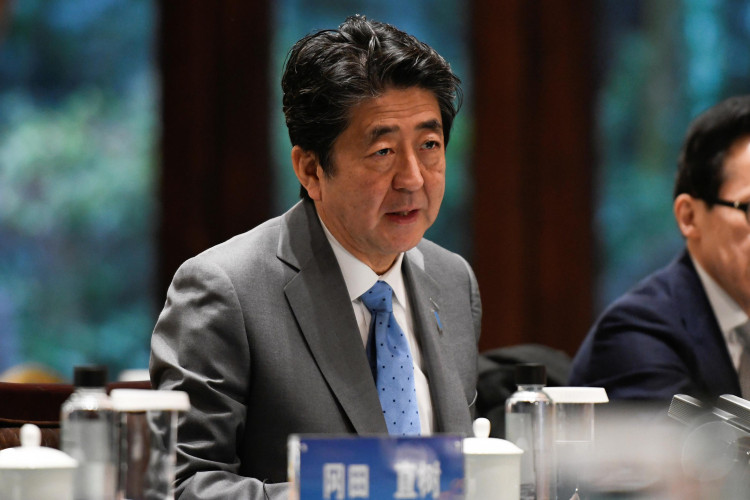Japan intends to unleash another huge economic stimulus package -- this one amounting to $1.1 trillion (468 trillion yen) -- mainly intended to assist citizens such as laid-off employees and students that lost part-time jobs get past the COVID-19 pandemic. The stimulus will also, aid firms struggling to pay rent and provide more subsidies to companies hard hit by slumping sales.
Prime minister Abe Shinzo on Wednesday said his government will protect business and employment "by any means in the face of the tough road ahead." He assured the Japanese their government will also take all necessary measures to prepare for the second wave of the pandemic.
This massive inflow of direct spending intends to cushion the economic blow from the pandemic, and will be partly funded by a second supplementary budget. The second extra budget will also set aside $93 billion (10 trillion yen) in reserves for emergency spending.
It's the second massive stimulus package since the first one in April, which also provided $1.1 trillion in stimulus money. Both stimulus packages bring to $2.2 trillion (234 trillion yen) the total amount Japan will spend to combat the economic fallout from the raging pandemic. This massive amount is equivalent to 40% of Japan's gross domestic product (GDP).
To fund this mammoth increase in spending, Japan will issue an additional $297 billion (31.9 trillion yen) in government bonds under the second supplementary budget for the current fiscal year ending March 2021.
The fresh stimulus will include $307 billion (33 trillion yen) in direct spending. The government will also provide up to $1.3 billion (140 trillion yen) in financial assistance to firms hit by the pandemic.
The first stimulus package in April went to cash payouts to households and provided funds to cope with the immediate economic damage from the pandemic.
Japan fell into an economic recession in the first quarter, the first time it has done so in 4-1/2 years. Economists said the recession, and the grave economic harm inflicted by the pandemic, place Japan on course for its deepest postwar slump.
Japan's fight against COVID-19 goes back to early February when Abe ordered more measures to prevent COVID-19 from damaging the economy. At the time, Japan had the largest number of confirmed coronavirus cases outside China at 18 patients.
On February 1, Abe told a meeting of a government task force coordinating Japan's response to the pandemic to develop steps aimed at easing the impact of the outbreak on Japan's economy. Japan classified the new coronavirus as a designated infectious disease on January 25.






